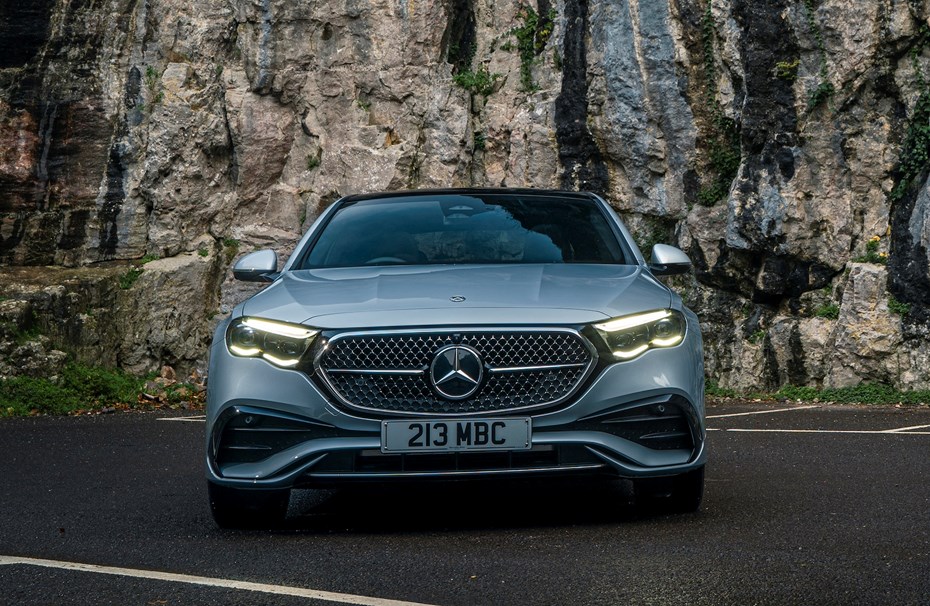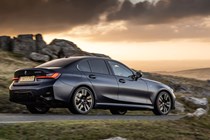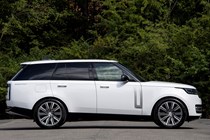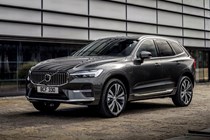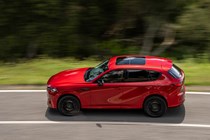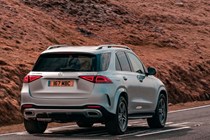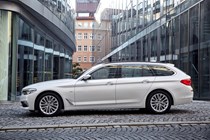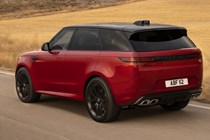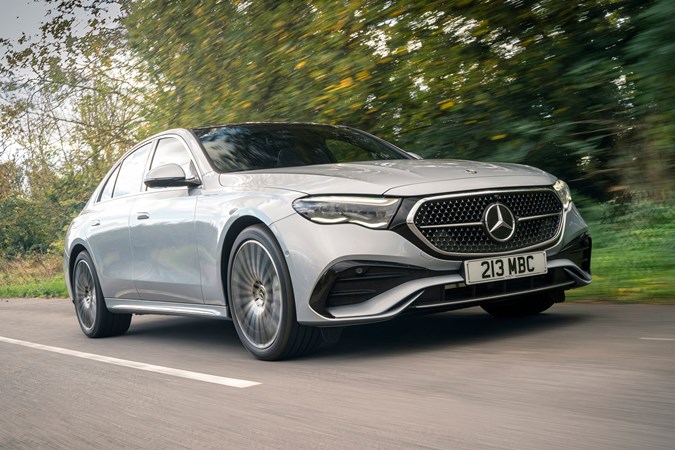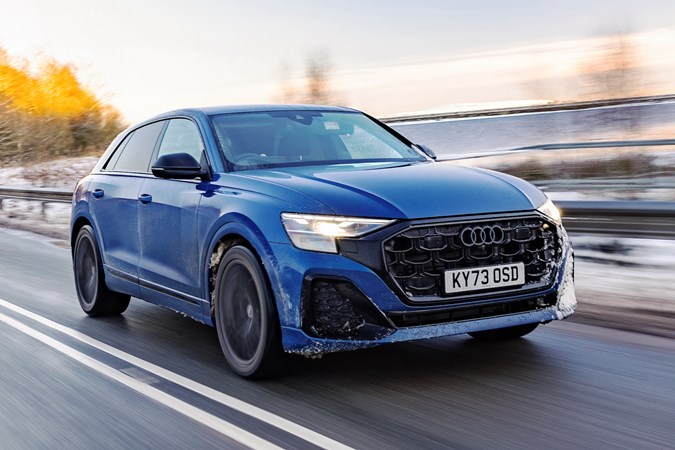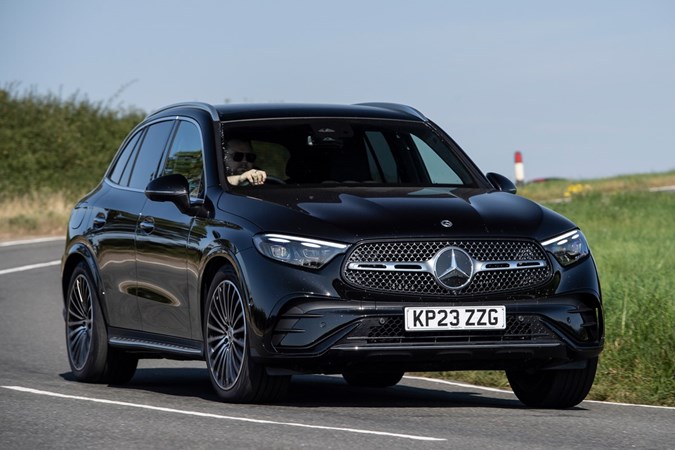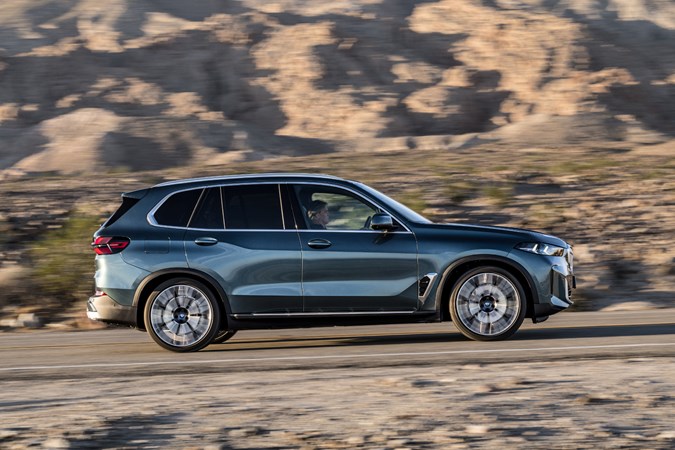Electric cars are growing in popularity, but not as fast as many predicted. The EU’s recent decision to exempt cars running on e-fuel from the 2035 petrol and diesel engine ban, coupled with the rising cost of electricity means there’s still a case for the combustion engine. The best hybrid cars combine some of the zero emission driving of an EV with the long-legged pulling power of the internal combustion engine. The best diesel hybrid cars really suit people who do a lot of city and motorway driving.
There aren’t many diesel hybrid cars currently on sale, which is a shame because these two technologies work incredibly well together. Especially plug-in hybrids, which can glide along on electric power in busy streets, then have a diesel engine fire up so it can economically fire down the motorway.
This list contains plug-in hybrid and mild hybrid cars, as there aren’t any new diesel self-charging hybrids on the market.
Best diesel hybrids for 2025:
Comfortable and luxurious cruiser, now with added zero emissions running
But Mercedes has kept a broad range of diesel engines, all of which feature an element of electrification. The standard mild-hybrid E220d diesel is super efficient and capable of up to 1,000 miles from a tank, while the six-cylinder E450d packs quite the punch. There's also the E300de plug-in hybrid which is capable of up to a remarkable claimed 65 miles on a single charge, while still having the back-up of an excellent diesel engine.
To find out more, read the full Mercedes-Benz E-Class review
Pros
- Interior feels especially plush and modern
- Broad choice of diesel models, including plug-in hybrid
- Spacious rear passenger area
Cons
- The boot of the PHEV is quite a lot smaller
- Gets very expensive with flagship engines and trims
Family favourite is a superb all-rounder
It's family friendly because it's spacious and it has a brilliant infotainment system. The fun element follows BMW stellar chassis set up and weight distribution, while the economy comes courtesy of mild hybrid diesel engines. The 320d is the most popular choice of 3 Series because it’s smooth and fast, available with four-wheel drive and is capable of 50mpg in the real-world. If you want a touch more performance, there's the 340hp M340d that can sprint to 62mph in 4.6 seconds, yet still has a claimed fuel economy figure of 46mpg.
To find out more, read the full BMW 3 Series review
Pros
- Fast and frugal diesel engines
- Upmarket interior with plenty of easy-to-use tech
- One of the best 'normal' cars to drive
Cons
- Boot isn't that large
- Firm ride on models with large wheels
The best 4x4xfar
There are two mild hybrid diesel options on offer. The D300 and D350 are essentially the same engine, with two different states of tune. The former has 300hp and the latter has 350hp, hence the names. These engines are quiet, powerful and surprisingly economical. You can expect an impressive 40mpg on a longer run.
To find out more, read our full Range Rover review
Pros
- Decadent interior is a fantastic place to spend time
- Clever infotainment and easy to use
- Exceptional off-roading ability
Cons
- Enormous size means it's not the most practical of choices
- Even the cheapest models cost upwards of £100,000
Roomy, fast and very capable
There's just one option available, but the barrel-chester 3.0-litre V6 really is all you'll need. It's punchy, refined on the motorway and delivers effortless and swift performance. Just watch those options when you're pricing one up, and it's not the most efficient mild-hybrid.
To find out more, read the full Audi Q8 review
Pros
- High-quality interior is befitting of a flagship Audi
- Loads of space in the rear seats
- Long fuel range
Cons
- Rivals are more comfortable
- Technology doesn't feel especially modern
Left field SUV choice
And it continues to go against the grain with its latest model. The CX-60 uses a 3.3-litre mild hybrid diesel engine. It’s powerful, punchy and unstressed. MPG in the 50s might be on the cards, which is commendable considering the size of the car. Other benefits include the interior, which can be specced with delicious white maple wood trim, though the ride isn't the most comfortable and despite its large size, it only has five seats.
To find out more, read our Mazda CX-60 review
Pros
- Good value for money next to similar cars
- Sprightly performance and good fuel economy
- Premium interior with easy-to-use tech
Cons
- Unimpressive ride quality
- Bigger than you might think
Impressively tech-laden SUV
The rest of the GLC does everything required by premium SUV buyers – it looks the part and comes with a tech-filled interior with an array of displays. If you don't want a plug-in model, Mercedes still offers you a choice of regular diesel versions, each using mild-hybrid technology to enhance their fuel economy.
To find out more, read our Mercedes-Benz GLC review
Pros
- Cutting-edge interior is filled with tech
- One of the best infotainment systems
- Great electric range from PHEV
Cons
- Expensive to buy, PHEVs especially
- Low-speed ride isn't the most comfortable
Trumps rivals for dynamism
You can, should you so wish, spec a 3.0-litre straight six mild hybrid diesel in your BMW X5. The 0–62mph sprint is dealt with in less than six seconds and it should see 40mpg. It's incredibly smooth, too.
To find out more, read our full BMW X5 review
Pros
- Great to drive for such a large car
- Spacious interior and boot
- Ergonomic interior
Cons
- Feels big to manoeuvre
- Rear legroom could be better
A Range Rover that's been on a diet
There are the D300 and D350 engines nicked straight from the Range Rover, as well as the D250, which offers less power but is a bit cheaper and more economical.
To find out more, read our full Range Rover Sport review
Pros
- Remarkably good to drive
- Impressive interior
- Plenty of engine options
Cons
- Huge, but no seven-seat option
- Lots of money
Best diesel hybrid cars FAQ
-
What's the difference between a diesel hybrid and a diesel plug-in hybrid?
Both types of diesel hybrid are powered by a combination of a diesel engine and an electric motor with battery pack. They’re a stepping stone between ICE and EV, offering some of the advantages and drawbacks of both – but bear in mind, both types of hybrid are rare.
The key difference between a diesel hybrid and a diesel plug-in hybrid is that the latter has a much larger battery and motor and needs to be plugged in to keep it topped up. The former’s battery is solely charged up by the engine, which means you don’t have to deal with cables and public charging. -
Is a diesel hybrid better than petrol?
It's different. But certainly, because of the fuel efficiency of diesel, you'll go much, much further between pump refills than you will with a petrol hybrid. Although the diesel engine is more economical than its petrol counterpart, it's also less refined and, currently, more expensive to buy fuel for it.
-
What is a hybrid diesel car?
A diesel hybrid combines a diesel engine with an electric motor, and the two systems work together to move the vehicle. This allows the car to burn less fossil fuel, resulting in better fuel efficiency than a traditional engine. Electric power boosts the performance of the engine.
Hybrids charge the battery through its internal system, so they do not need recharging from an external source. Plug-in hybrids do and run on both an electric motor and an internal combustion engine. For the best results, you should charge its battery by plugging it into an outside electrical source.
Just so you know, we may receive a commission or other compensation from the links on this website - read why you should trust us.


